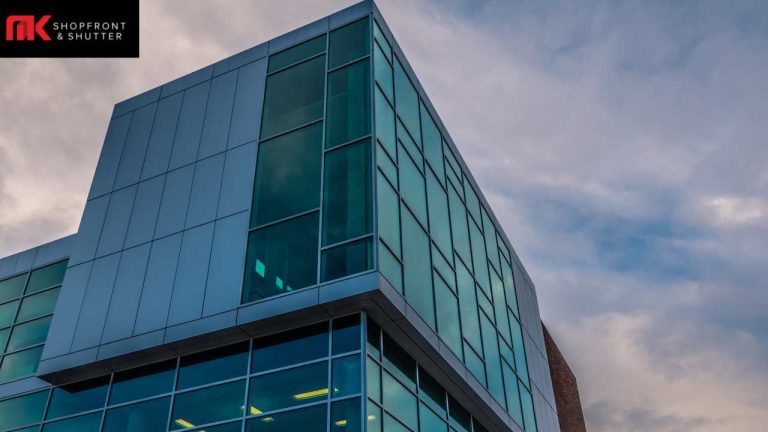Curtain wall systems are an essential element of modern architecture, blending beauty, durability, and performance in one design feature. Whether you’re developing a commercial high-rise or a sleek residential property, understanding the different types of curtain wall systems is crucial for making the right decision. These systems not only influence a building’s appearance but also affect its energy efficiency, comfort, and long-term maintenance needs.
Understanding Curtain Wall Systems
A curtain wall is a non-load-bearing façade that hangs from a building’s structural frame, acting as a shield against wind, rain, and temperature changes. Unlike load-bearing walls, curtain walls don’t support the weight of floors or roofs; instead, they transfer their load to the building’s primary structure.
Most curtain walls feature aluminum framing with glass panels, chosen for their lightweight strength, corrosion resistance, and sleek modern appearance. Depending on project requirements, other materials like stone veneer or metal panels can also be incorporated.
Main Types of Curtain Wall Systems
When choosing a curtain wall, you’ll first need to decide between stick systems and unitized systems.
Stick Systems are assembled piece-by-piece at the construction site. They allow for flexible design adjustments and work well for smaller projects or complex architectural shapes. However, they require more installation time and labor on-site.
Unitized Systems are pre-assembled in a factory into large panels, then transported to the site. This speeds up installation and ensures consistent quality, but it demands precise planning and may incur higher shipping costs.
Beyond these categories, you can also explore specialized systems such as:
Structural Glazing – frameless appearance with glass bonded directly to the structure
Pressure-Equalized Systems – enhanced protection against air and water infiltration
Double-Skin Façades – two layers of curtain wall for improved insulation and ventilation
Climate and Location Considerations
Your building’s location has a big impact on the right curtain wall choice. For instance:
Hot climates require glass with high solar control to reduce interior heat gain.
Cold regions benefit from double- or triple-glazed systems for superior insulation.
Coastal areas need corrosion-resistant finishes to withstand salt-laden air.
Matching the system to the climate ensures year-round comfort, energy efficiency, and a longer service life.
Energy Performance and Sustainability
Modern building codes emphasize energy efficiency, making it essential to select curtain walls with high thermal performance. Look for:
Thermally broken aluminum frames to reduce heat transfer
Low-E (low-emissivity) glass coatings to reflect heat while allowing light
Insulated glazing units for maximum energy retention
These choices can significantly reduce heating and cooling costs while lowering a building’s carbon footprint.
Acoustic Performance
In busy city centers or near highways, noise control is critical for occupant comfort. Certain curtain wall systems can incorporate laminated glass or varying glass thicknesses to minimize external noise. For offices, hotels, and residential towers, this feature can greatly enhance livability.
Maintenance and Durability
While curtain walls are generally low-maintenance, it’s important to consider:
Ease of glass replacement in case of damage
Accessibility for cleaning, especially in high-rise applications
Quality of seals and gaskets to prevent leaks and drafts
Choosing durable materials and a system designed for easy upkeep will reduce long-term costs.
Cost vs. Value
Initial installation costs can vary widely based on system type, materials, and customization. While unitized systems may have higher upfront costs, their faster installation can offset labor expenses. Over the building’s lifespan, a well-chosen curtain wall can provide energy savings, reduced maintenance, and enhanced property value.
Conclusion
Selecting the right curtain wall system is about more than just looks—it’s about finding the balance between design, performance, and practicality. By carefully evaluating your building’s location, environmental conditions, budget, and the types of curtain wall systems available, you can create a façade that protects, performs, and impresses for decades. The right choice will not only enhance your building’s architecture but also contribute to its long-term efficiency and sustainability.

